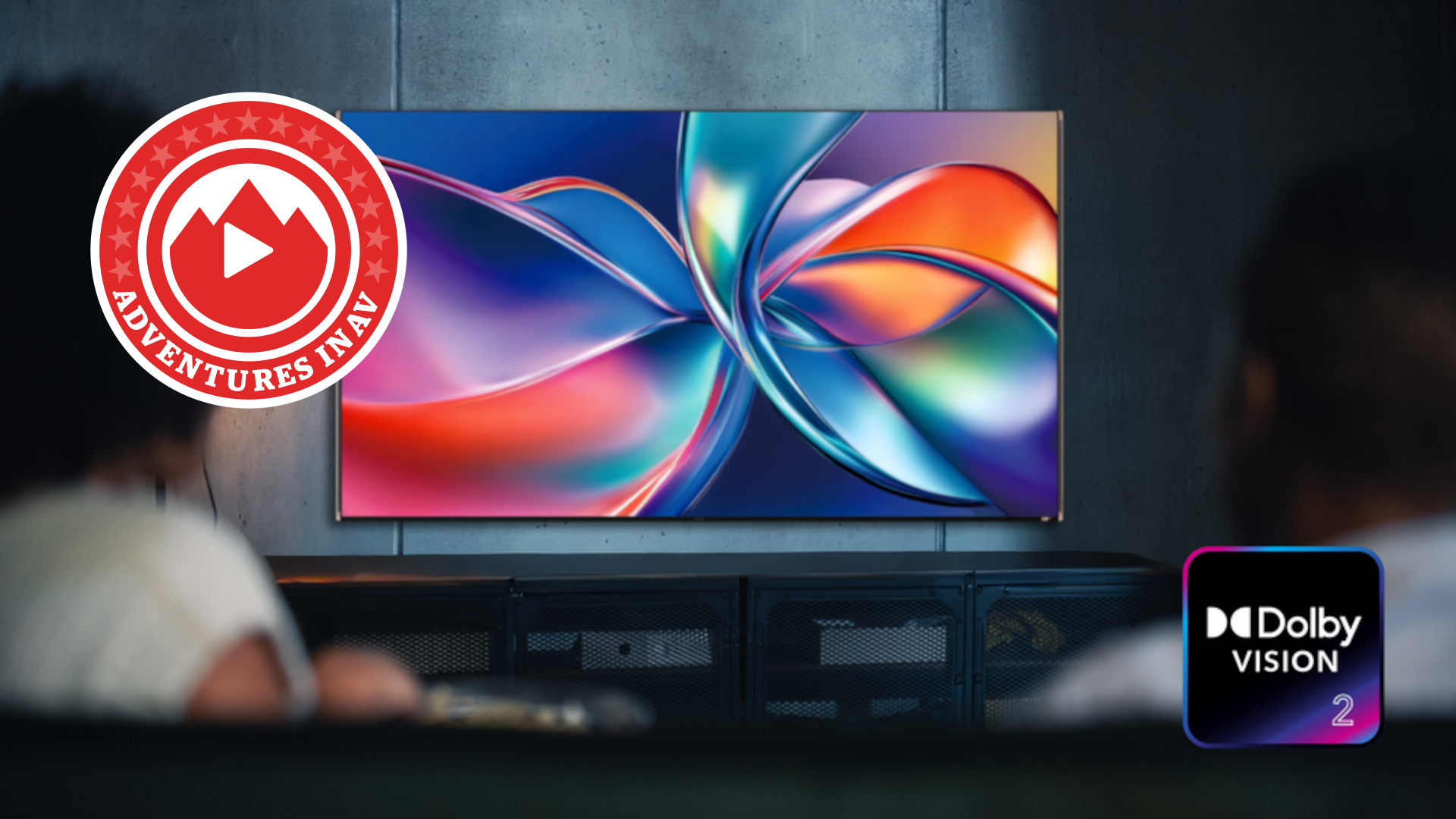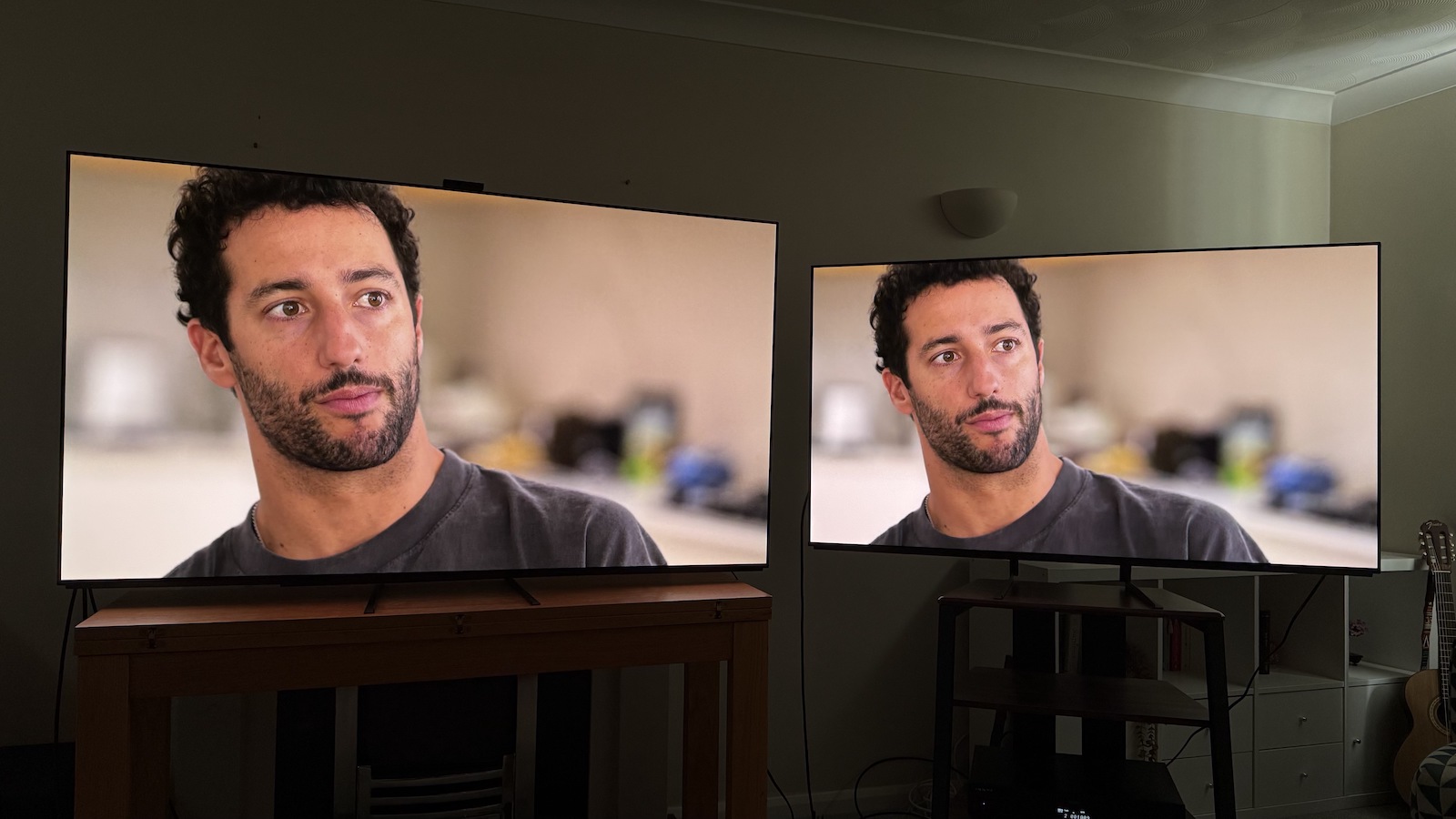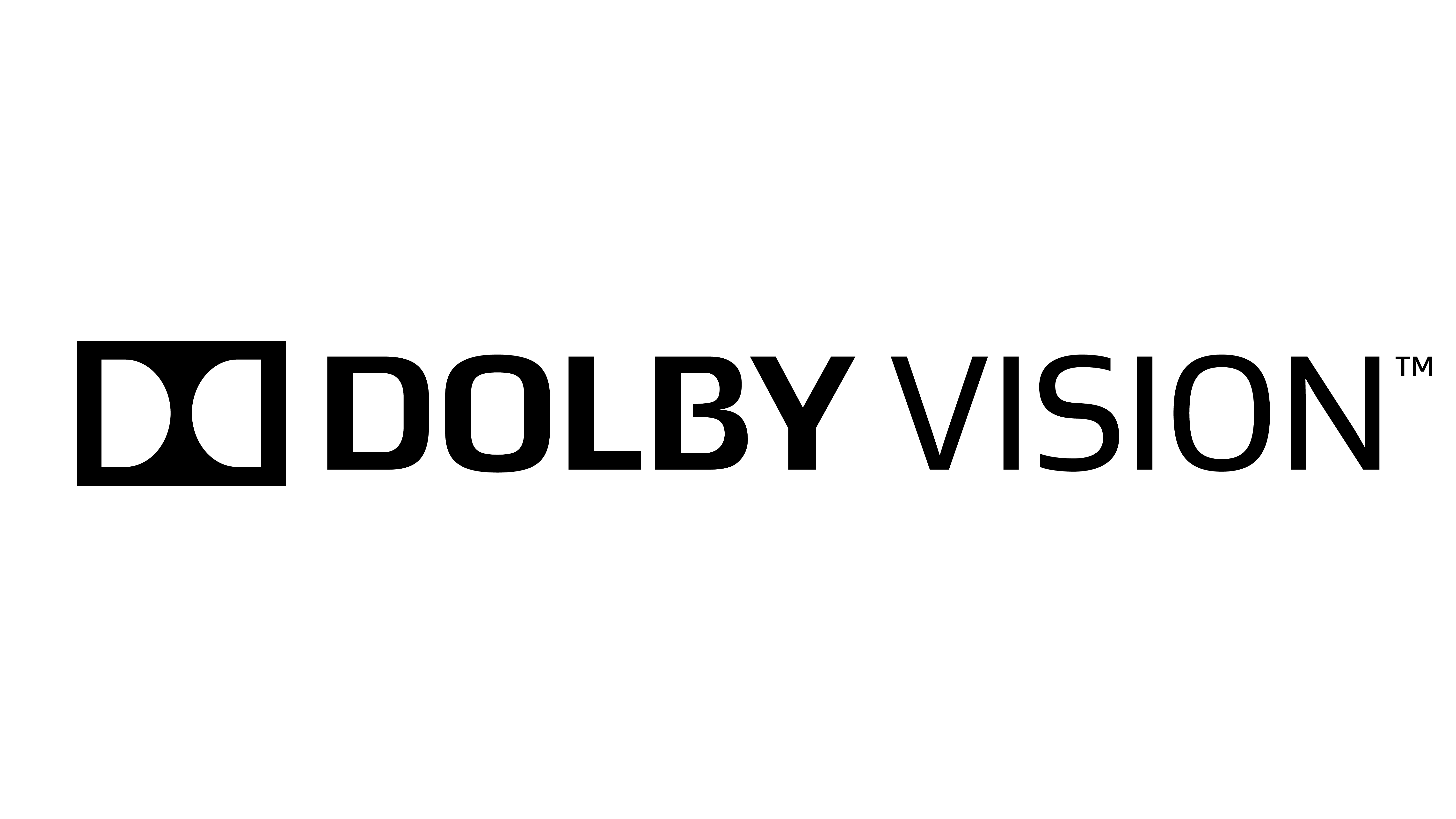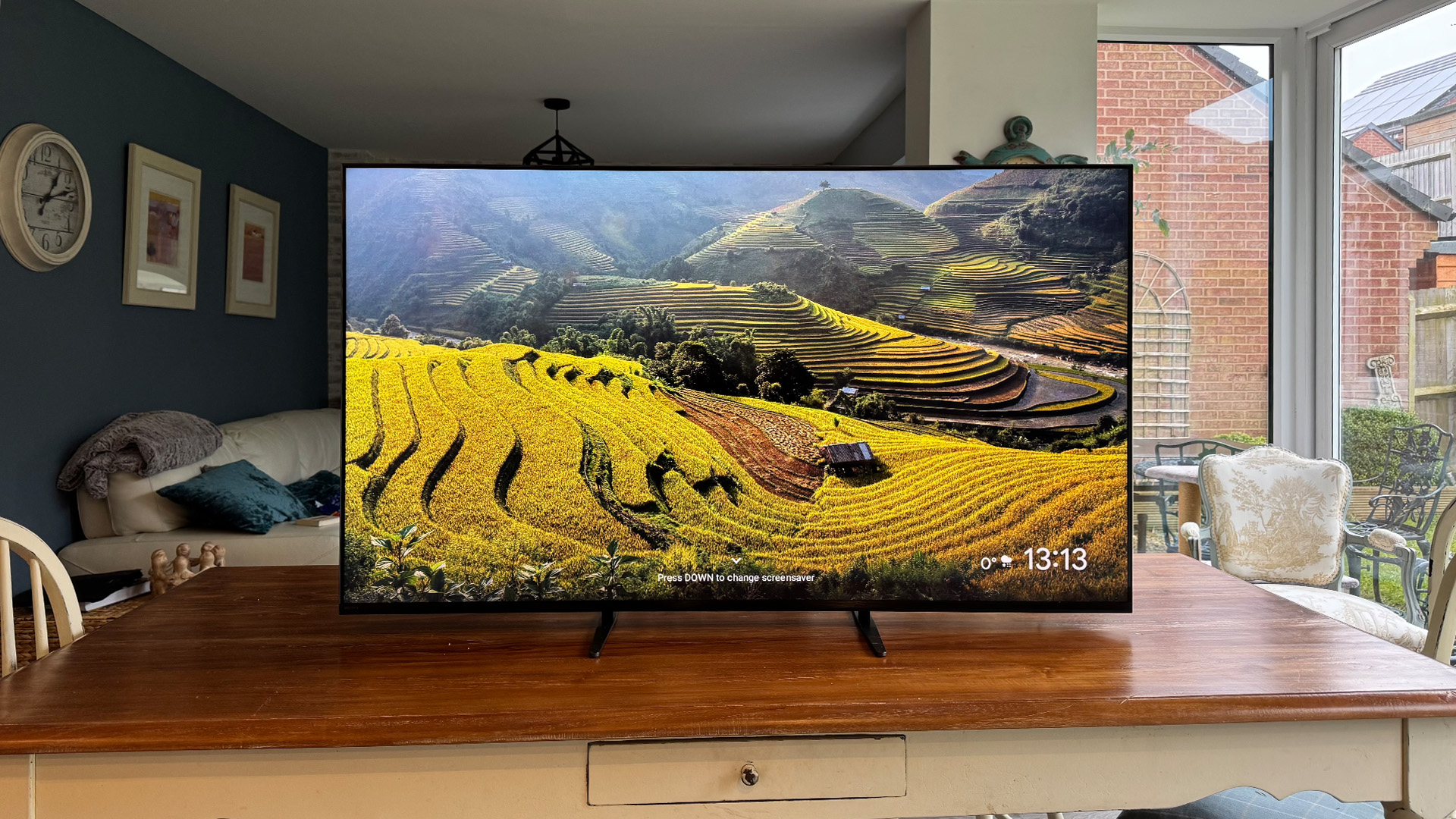Dolby’s “next big thing” for film has a tight deadline to hit – especially for home movie fans
We love the sound of Dolby Vision 2, especially Max, but it seems everyone is nervous about two key milestones

This year, one of the biggest pieces of news for film and home cinema hardware fans was Dolby Vision 2.
The technology made waves when it was unveiled – to many journalists’, movie studio and home cinema manufacturers’ seeming surprise – at the IFA tradeshow in Berlin.
And though we managed to have a chat with Dolby engineers at the time, getting some key details about how Dolby Vision 2 and its higher Max tier work, there is still a lot we don’t know about it – including everything from what TVs will support it and which films and shows are being made with it.
Which is why I have spent the past few weeks phoning various contacts at TV makers and film studios to find out what’s going on with the standard. And, while many have asked for Chatham House rules, I have discovered two big concerns among many of the industry’s movers and shakers – concerns that I share.
Hardware requirements

One of the biggest potential drawbacks for Dolby Vision 2 and the new Vision Max tier is that they come with hardware requirements at a chipset, as well as panel, level.
Dolby confirmed this when I spoke to its spokespeople at Vision 2’s launch. If you want to see the benefits of Vision 2 and Vision 2 Max, you will need a new TV. This year’s models will recognise Vision 2’s signal but won’t be able to deliver anything above Dolby Vision's current quality, even when playing content mastered to the newer standard.
That means all the clever motion tech, that will let filmmakers adjust and optimise framerates depending on the needs of the shot, won’t work on current TVs – even this year’s flagship OLEDs, including the five-star Sony Bravia 8 II, Samsung S95F, Panasonic Z95B and LG G5.
The latest hi-fi, home cinema and tech news, reviews, buying advice and deals, direct to your inbox.
That’s a tough pill to swallow for anyone who has just invested thousands on a new TV thinking it will be cutting edge for at least the foreseeable future. It’s also a key reason many of the manufacturers I’ve spoken to are concerned about the impact Vision 2 will have on sales this year.
In an attempt to ascertain how much of an issue this might be, in our latest Ask The Reader column we ask if Dolby Vision HDR is a deal breaker for you, the consumer. So, please, make sure to have your say!
Content is king

The other common concern that has repeatedly been raised centres around content. Dolby Vision is great, and a clear selling point, because so many movies use it to great effect. Watching a movie that uses Dolby Vision’s added dynamic range really elevates the experience, when played on decent hardware.
For Max, in particular, to work, the new standard will need content that shows the technology's benefits right from the start. But there currently isn’t any. And I have been met with very cagey “we’ll tell you next year” by most of the film and TV studios and streaming services I have asked about it.
TV makers are equally sketchy on the details about when and what content will be ready and mastered with the new tech when the first wave of Dolby Vision 2 TVs arrive next year.
If there’s no flagship content for Vision 2 or Vision 2 Max, that’ll be a tough sell. Especially as the only current detail we have is that Canal+ will be its launch partner. Hopefully we’ll get more clarity on this point in the not too distant future.
If not, I – like the industry members I have been speaking to – am nervous that 2026 may see a softer launch than I’d like for what is one of the most interesting bits of cinema tech we’ve seen in recent memory.
Here’s hoping I’m wrong.
MORE:
These are the best OLED TVs we have tested
We rate the best Dolby Atmos soundbars for serious movie fans
Our picks of the best projectors

Alastair is What Hi-Fi?’s editor in chief. He has well over a decade’s experience as a journalist working in both B2C and B2B press. During this time he’s covered everything from the launch of the first Amazon Echo to government cyber security policy. Prior to joining What Hi-Fi? he served as Trusted Reviews’ editor-in-chief. Outside of tech, he has a Masters from King’s College London in Ethics and the Philosophy of Religion, is an enthusiastic, but untalented, guitar player and runs a webcomic in his spare time.
You must confirm your public display name before commenting
Please logout and then login again, you will then be prompted to enter your display name.
